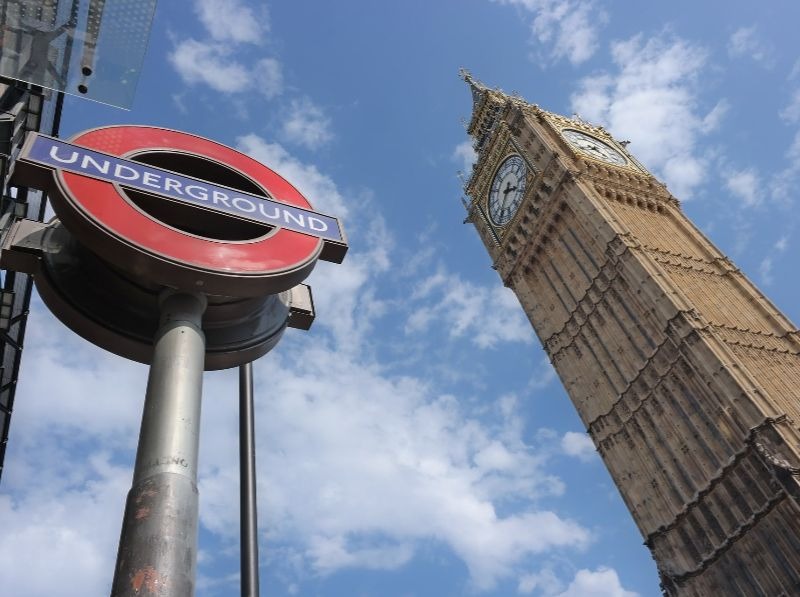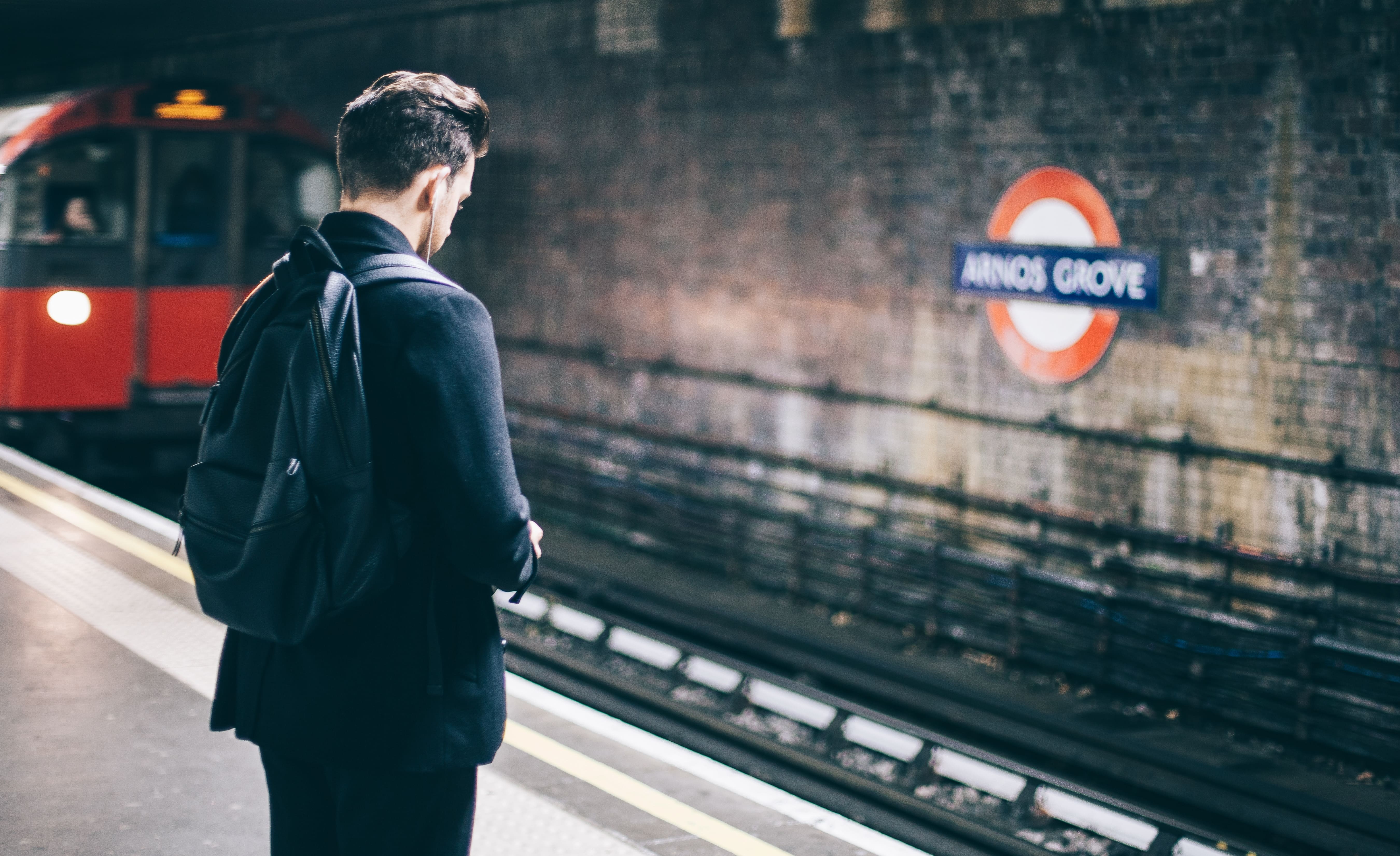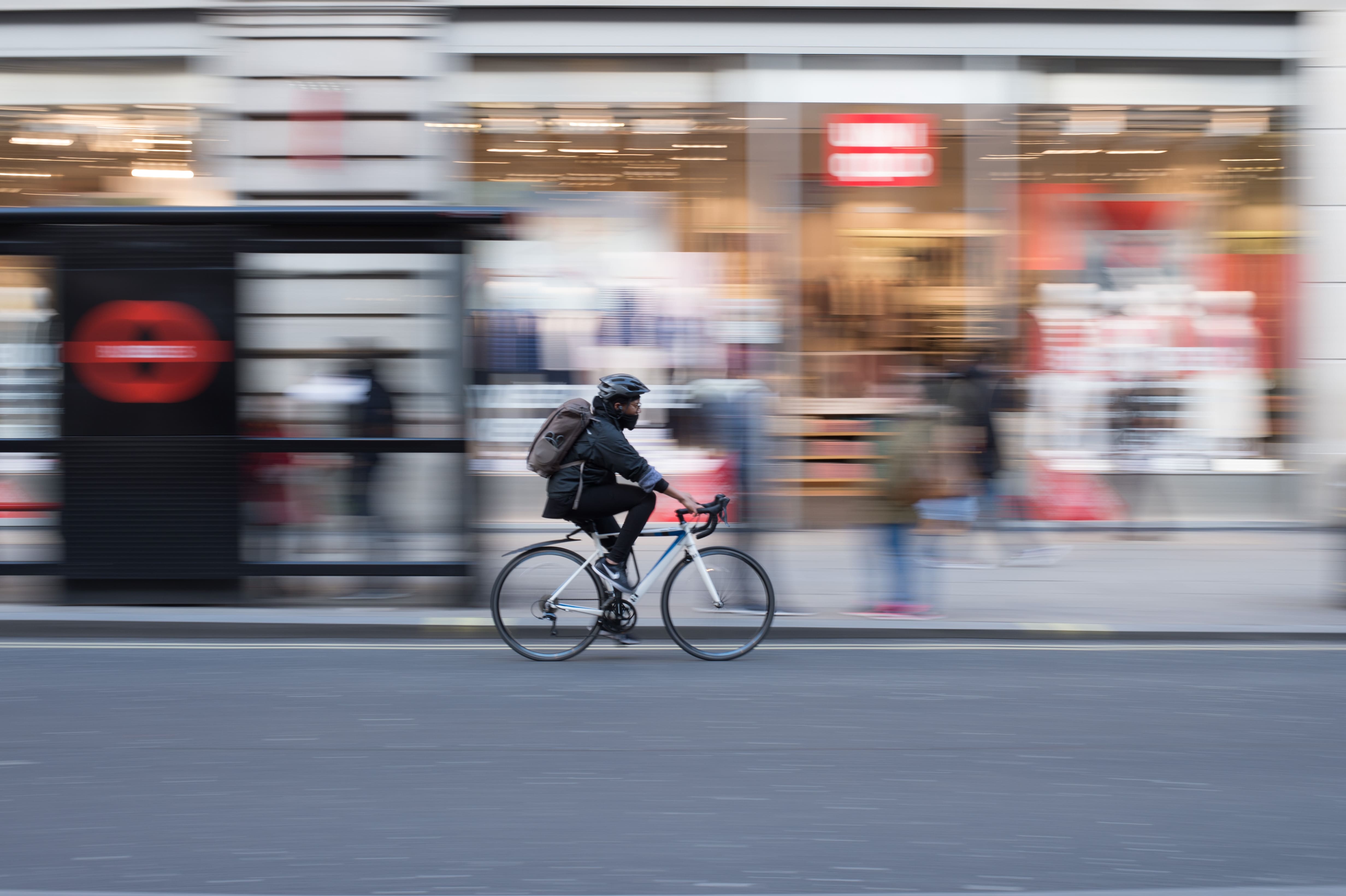Have a question?


Climbing the steps of an iconic double-decker bus in London can be as thrilling as your first glimpse of Big Ben—getting around London is just part of the adventure! Here’s everything you need to know about London transportation from “is there Uber in London?” to “how do I use the Tube?”.
Many of London’s attractions are centrally located near the Thames River. This means you can see Westminster Abbey, Buckingham Palace, and Trafalgar Square all on foot in the same afternoon.
But locals tell us you’ll want to venture from the city’s center. Unique neighborhoods like Notting Hill and foodie streets like Brick Lane are most easily accessed by public transportation. Transport for London (TfL) is the city government’s authority on all things transit—including the London Underground, buses, cabs, and even bicycles.
Here’s a breakdown of the best ways to get around London:

Locals tell us that the London Underground map may look intimidating—but navigating "The Tube" is easier than it looks. Extensive, efficient, and clean, it's an excellent option for navigating the city. Just remember to mind the gap! as you get on and off the train.
Like Cinderella’s carriage, many stations turn into pumpkins at midnight (i.e. they close down). Select lines continue service into the wee hours on Fridays and Saturdays but plan to take a cab after any late-night adventures.

You know you’re in London when you see a bright red double-decker bus rounding Piccadilly Circus. You may have sea legs the first time you climb to the second floor, but the wobbly walk is worth it. Grab a seat at the front and it will feel like you’re on a tour bus. This is a great way to see the city while getting where you want to go.
These top-heavy buses are not known for speed, so be prepared for a leisurely pace. Locals say the Tube is a better option for packed itineraries with less wiggle room for unexpected traffic.
You cannot use cash on any bus in London. But you can use an Oyster card or Travelcard. (You’ll need to buy these before boarding the bus at a Tube station or an Oyster Ticket Shop—more on that later).
With more than 9,000 buses in the TfL fleet, the bus routes are extensive—navigating them can be daunting.
London’s Underground is one of the most expensive in the world, and calculating fares can be a head-spinning endeavor. Locals explain that the Tube is organized into zones, which determine your fare. For example, the most-visited sites are located in Zones 1 and 2. However, to get to Heathrow via public transportation, you’ll need access to Zones 1 through 6—and a ticket that will take you across all these zones is more expensive.
The most convenient way to use any London public transportation (and even the National Railways) is by purchasing an Oyster card. Locals use these adorably-named pre-loaded plastic cards every day. They only require a tap to enter and exit the Tube.
Where to buy Oyster cards?
You can buy your Oyster online and have it shipped to your home. The moment you land in sunny old England, you’ll be ready to go. This is especially helpful if you plan to take the Tube from the airport (see advice below). You can also purchase an Oyster at any station once you arrive—this just means one more line to wait in.
How much do Oyster cards cost?
The Visitor Oyster card costs £5. You then pre-load it with whatever amount you think you’ll need. As you ride, the card automatically calculates your fare and subtracts that amount from your total. You can always top off your card. It will never expire, so you can save any unused credit or have your money refunded.
How do Travelcards work?
Another option offered by TfL is the paper Travelcard. This gives you unlimited access to any public transportation for a flat rate. You can buy a Travelcard to last a day, seven days, a month, three months or six months.
Where to buy Travelcards?
Travelcards can also be purchased online ahead of your trip. Or, like an Oyster card, you can buy them in Tube stations.
Oystercard or Travelcard?
Locals say if you plan on using public transportation a lot, the seven-day pass likely has the best value (it’s around £4/day less than the day pass). Although a Visitor Oyster card is not a flat rate, it does cap the amount you’ll spend in one day at or below the equivalent Day Travelcard rate.
Transport for London dissuades travelers from using single-fare tickets by increasing the price. The same ride will cost more with a single-fare ticket than it would with an Oyster. If you plan on using public transportation only once or twice, you can go this route. But be prepared to dust off your math skills.
Unlike New York City’s subway, all fares are not created equal in London. They are determined by the zones you enter and the time of day you ride. You will need to calculate the cost before you purchase a single-fare ticket.

The classic cab color in London is black—slightly more difficult to spot than NYC’s yellow taxis. But as in NYC, look for one with its yellow light on. If the light is off, that cab is not in service.
A meter will tell you your fare at the end of the trip. Licensed taxis are required to have a working credit card reader. To drive one mile, expect to pay around £7 to £8. Locals say that cabs are convenient, but if your budget is top-of-mind, reserve taxis for times when you’ve wandered far from the Tube or are out past midnight. They note that it's polite to tip your cabbie 10–15%, but many people simply round their fare to the nearest pound and tell the driver to keep the change.
Taxis can be booked head of time via phone or online, but this will cost extra.
Fun fact: In order to be licensed as a driver, London cabbies must first master “The Knowledge”—an encyclopedic memory of London’s 25,000 streets and landmarks. Thought to be one of the most difficult tests in the world, The Knowledge often takes years of studying to pass.

London is not made for cyclists, though improvements to cycling routes are in progress. A bike is considered a vehicle so traffic laws must be obeyed. This means riding on the left side of the road.
Transport for London’s bikeshare program, Santander Cycles, is a convenient way to rent a bike. Bikes can be found throughout the city and hired on the spot via credit card. You’ll pay £2 for 24-hour access. As long as you return your bike to any dock within 30 minutes, you won’t pay any more than that. If you ride longer, you’ll be charged £2 for every additional 30 minutes.
Electric scooters are illegal to ride on the UK’s streets. Don’t expect to see scooter-sharing companies throughout London. However, Bird is reportedly lobbying for changes to the law and does have scooters for rent in Olympic Park.
Locals tell us that London's strong public transit means that you don't need to rent a car. If you do, you'll likely have to unlearn years of practice—in the U.K., cars drive on the left side of the road.
Even if you plan on traveling to Bath or Oxford, locals say you'll be able to navigate by using public transportation.

Three major airports serve London. Heathrow is the busiest and where most international flights arrive and depart. Gatwick is the farthest from downtown. London City is the smallest and so typically used for short flights to Europe. Here’s how to get from each to the center of the city.
Best Experience: Book a private transfer that will take you door-to-door from the airport to your hotel (and return). While more expensive than taking the tube, the convenience of not having to drag your luggage down the street and onto the tube or Heathrow Express cannot be matched. You can search for a private airport transfer on this link.
How should we contact you?
Call
Thank you! We'll get back to you as soon as possible!
Click to register and track your question!
If you would like to follow up with us:
+1 (855) 782-3006